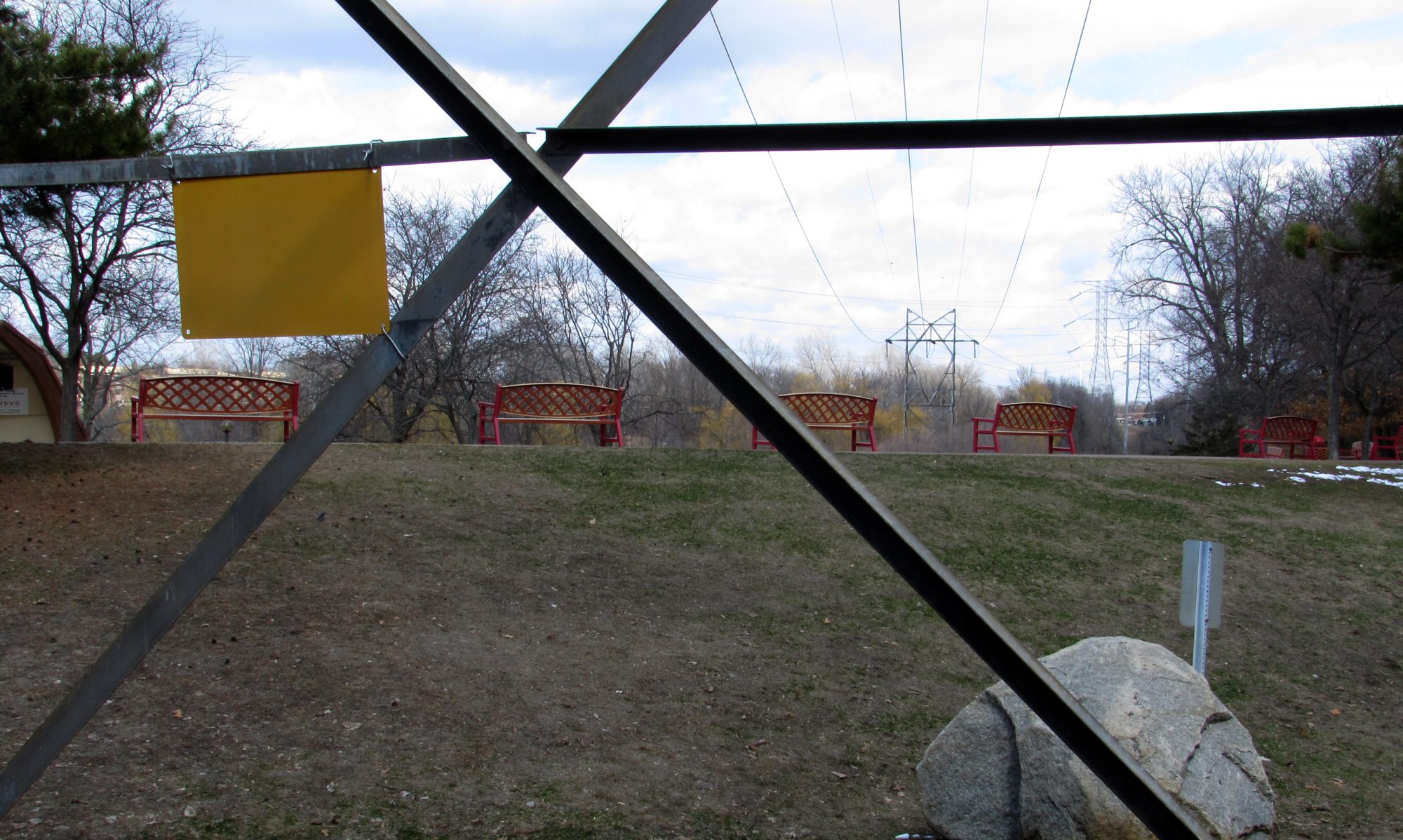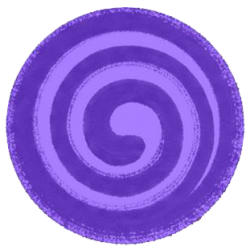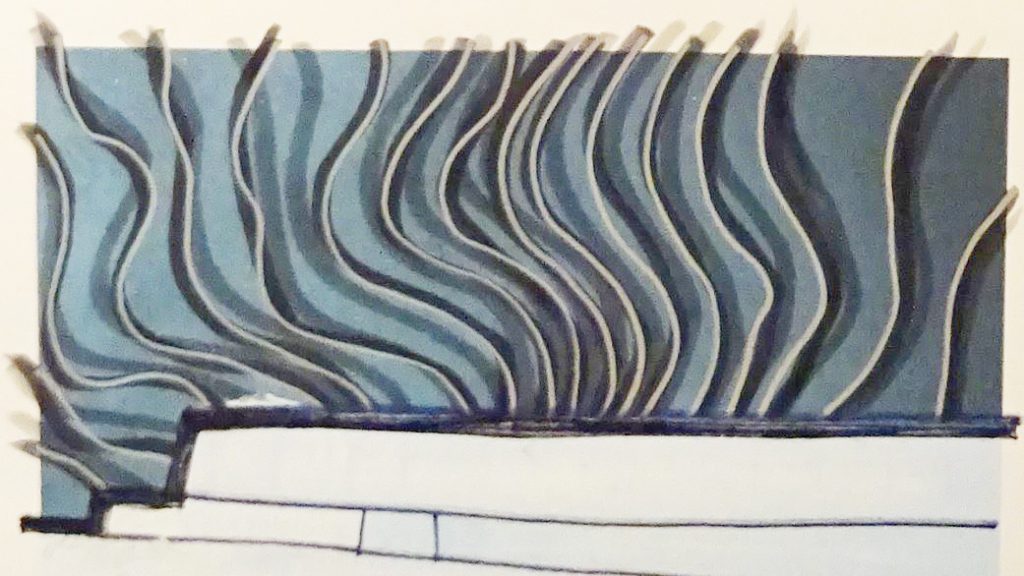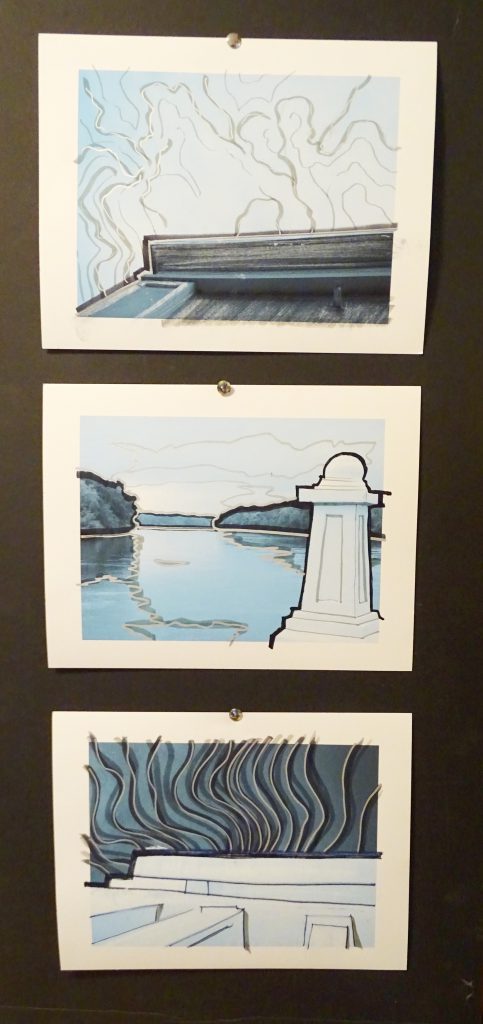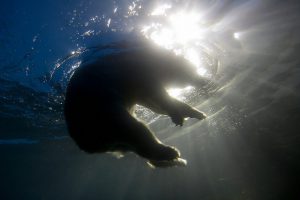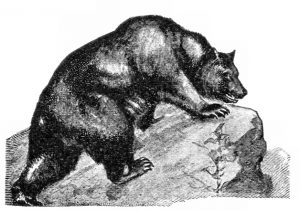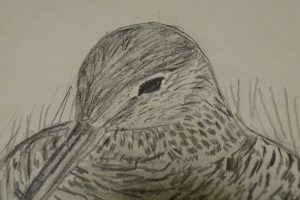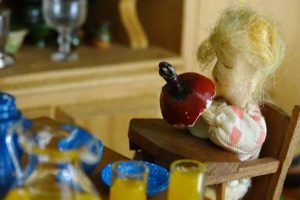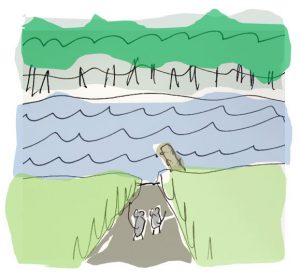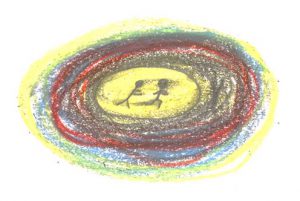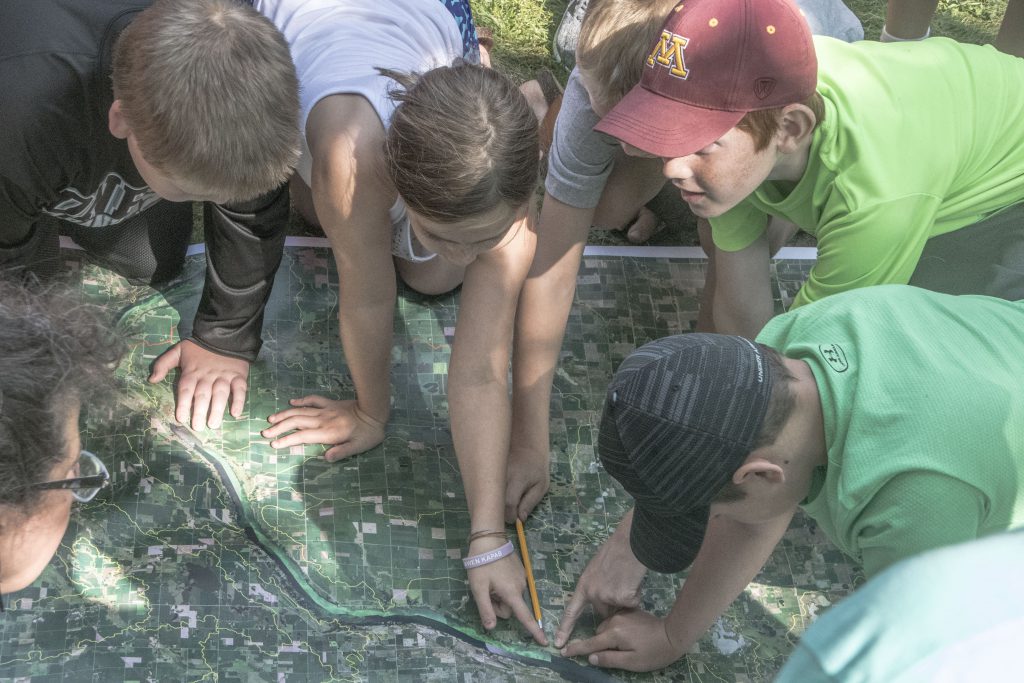
It will take MONTHS, if not years to really unpack what this project has meant to me. But I wanted to share some impressions and themes here that I hope to build on as I reflect more, and that are informing some artworks I’m working on in response to the camp.
Maps
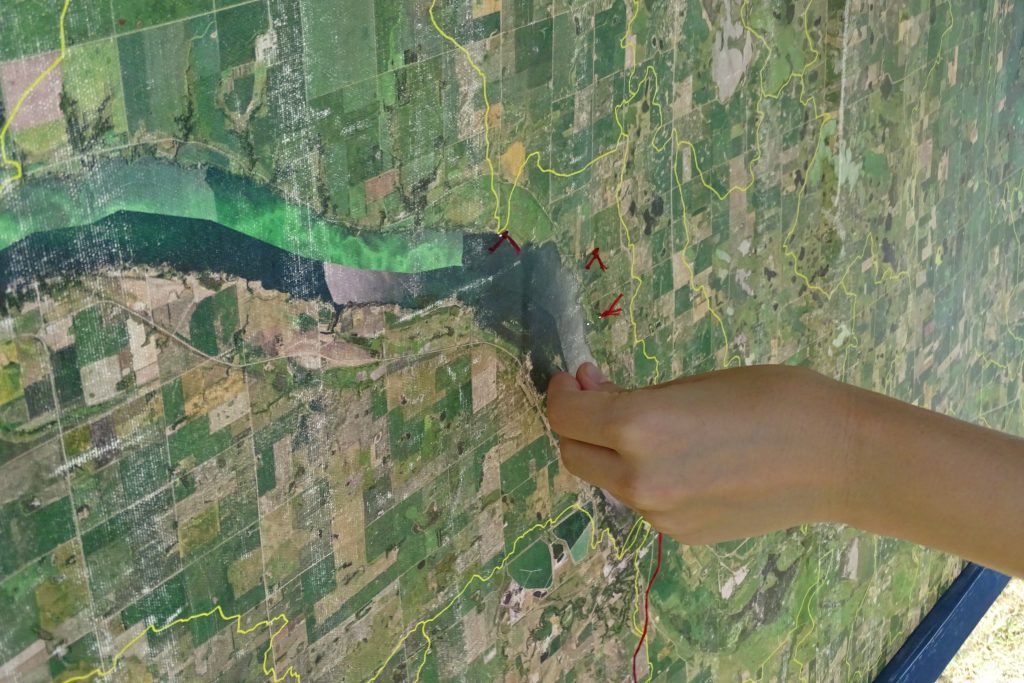
My exploration of the land of the area, along the south of the “bump” on the west side of Minnesota was exciting as I learned more about the glacial history, how the valley was formed by glacial river, Warren, and how the lake also acts as a river in some ways. I’d never seen such a long string bean of a lake. My experiences with lakes had been on the rounder side. So I was also fascinated by the lake as a line – a pathway of river Warren, a border between states, and a center line of a watershed. This shows up in the video poem, later.
Corn
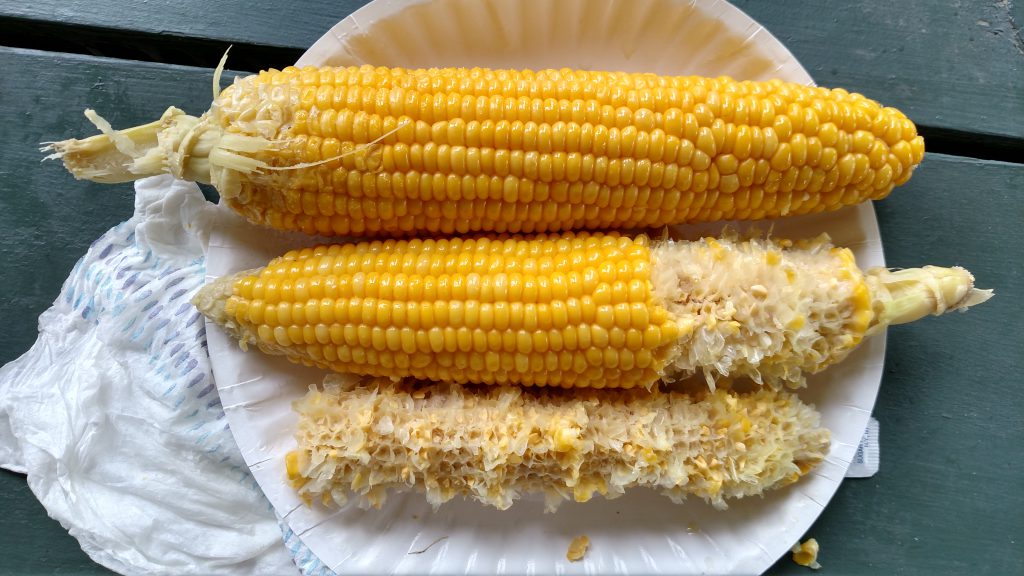
When we planned the project, Don Sherman, project organizer suggested that we have it just before Corn Fest in Ortonville, so that the campers could show what they did at the community gathering. After we received the Southwest Minnesota Arts Council Grant, and support from many other organizations (please see sponsor list), I went on a preview trip to scout the area in July, and when were were looking at some land by Don’s friend’s house, his friend, Johnnie “Smoke” Karels, left a gift bag of corn by the passenger side of Don’s car, so eager was he to share the fresh harvest. And of course driving to, from, or near Big Stone Lake, one sees fields and fields of corn. It is not the only crop grown here, but it is very common all along the Lake Drive. There’s a strong sense of abundant food in this area, and corn became one of the symbols for me of this abundance.
Fish

Camp wasn’t particularly about fish, either. Although we did spend time learning about aquatic invasive species, like Curly Leaf Pond Weed, which affects lake algae, and thus fish health. Yet fish symbols emerged more than once. Early in the week, there was a fish kill near the dam that extended a quarter mile up the south end of the lake, we heard, apparently related to to algae, and temperature. During the week, water quality educators related the environmental science they were teaching to fish health. On our trip to the dam later, we found a dead carp.
So Many Stories – Video Poem
By Tuesday night, it had seemed like we’d been there a week – we’d done so much already. We’d connected with water, with land, with place, and completed the upstream journey from glacial history presented from both Dakota oral history, as well as from a story-telling hydrologist. We’d followed the well water up from the geologic depths below our camp, through the pipes, out the faucet and down the drain again, to the septic tank and septic field. The next day I would talk with them, and conduct map activities exploring our place in “the middle” – the middle of our journey, the middle of the lake north and south, and more generally in the middle of our ecologic systems, both downstream of impacts that act on us, and upstream of water legacies we send forward.
I decided to explore the dock on the lake where I was staying at a historic bed and breakfast. I needed to write, and this poem came, and I immediately recorded it right there, with the sunset, and a few fish that jumped.
That evening, and many times since, I’ve been overcome with appreciation. This grant means a lot to me, and the development of my work. But more so I recognize what a privilege it is to come into such a dynamic, and supportive community and try to create something with them that contributes, and hopefully lives on in the insights and strengthened community connections between youth, artists, environmental educators and scientists, the public and the lake. And the fish and the corn.
Thank you to all involved in this adventure,
-Jonee
